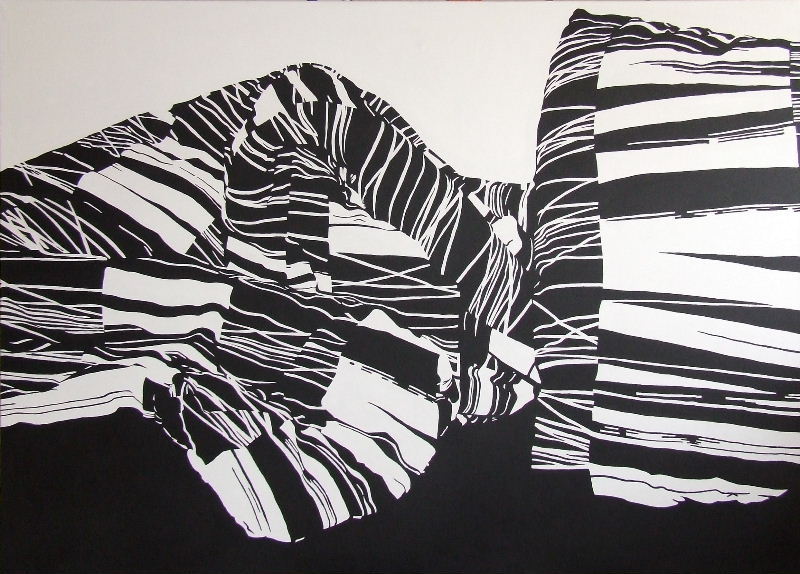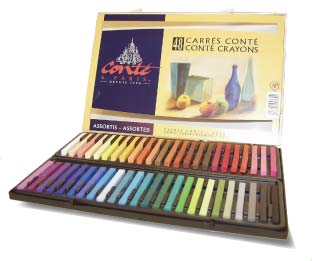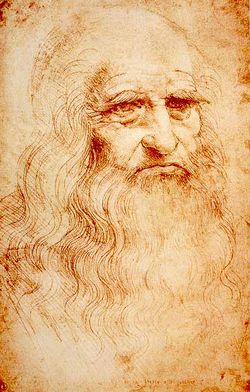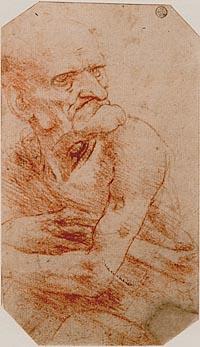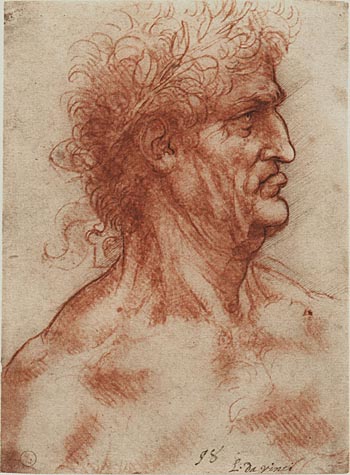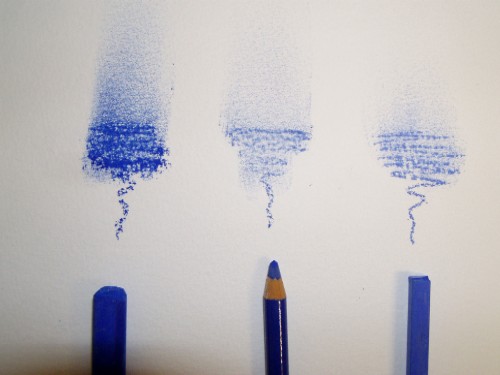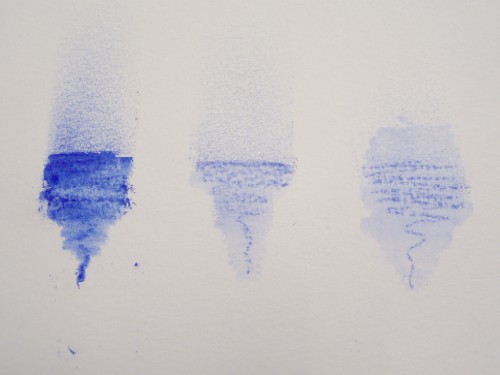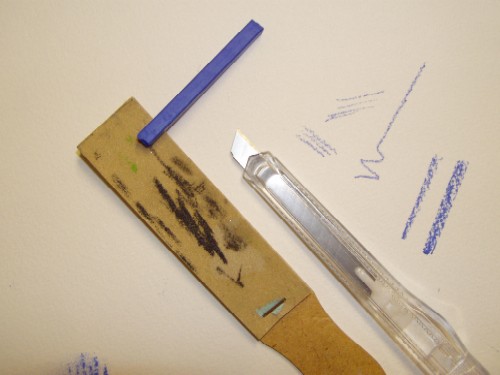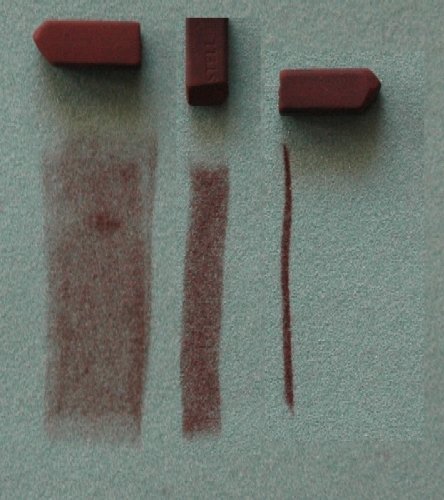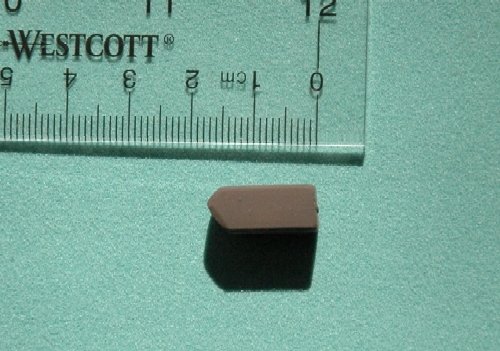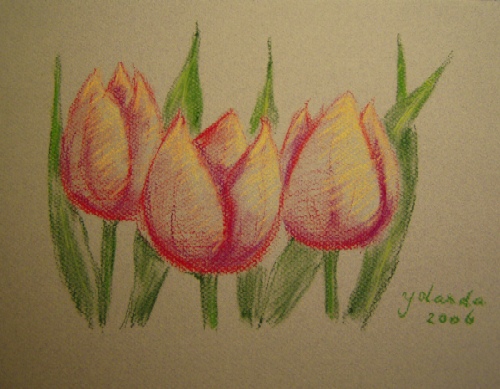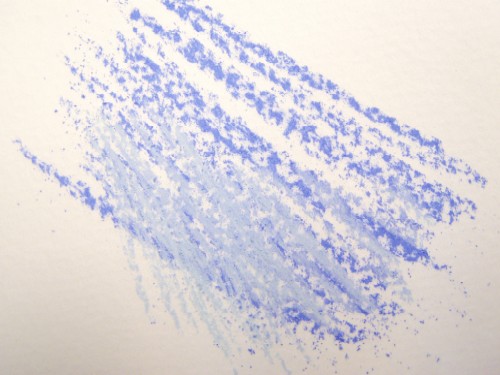| With hard pastels, the pigment is less easily released than with soft pastels. Therefore, they are less suitable for the characteristic technique of soft pastels, which involves blending or fading colors by smudging them. Next to you can see the difference between soft pastel, pastel pencil, and hard pastel. Hard pastels can also be dissolved in water like soft pastels but release significantly less pigment. |
| Because you can easily create points on the chalks using a knife or sandpaper, they are extremely well-suited for depicting precise lines and details. The square shape lends itself very well to working with corners, sides, or the tip. Easy for both large areas and small details. |
| Here you can see an example of the different sides of a square pastel that you can use. |
| Even with the smallest pieces of hard pastel, you can still draw well. Here you can see how small the pieces that can still be used are. |
| Hard pastels are generally used for setting up drawings, applying details, or sketch-like drawings. You can easily erase the (sketch) lines with a bristle brush or a clean cloth. Hard pastels are also suitable for creating powerful expressive line drawings. Additionally, hard pastels have the advantage that they do not quickly clog the paper. |
| You can blend the colors of hard pastels by hatching them over each other, just like with colored pencils. Again, work with the lighter colors over the darker colors for the best results. |



